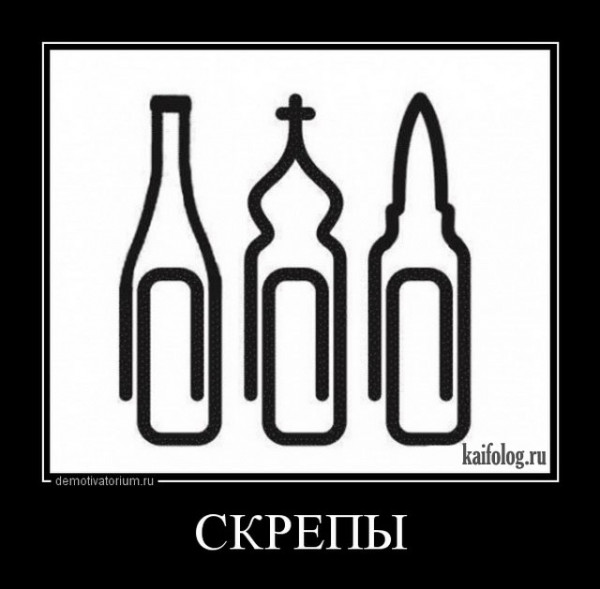Eruvin
Mishna
Eruvin says:
If there is a window in a wall that separates between two courtyards, and the
window measures four by four handbreadths and is within ten handbreadths of
the ground, the inhabitants of the courtyards establish two eiruvin, one for
each courtyard...
And then Gemara
76a adds:
Rabbi Yochanan said: A circular window must have a circumference of twenty-four
handbreadths, of the ground, so that when he squares the window, i.e., if he
forms the shape of a square inside it, it measures four by four handbreadths,
and a bit of it is then within ten handbreadths of the ground.
Here circumference is the translation of הֶיקֵּף, and this is
how the ensuing Gemara understands R'Yochanan (and this is how both Artscroll
and Sefaria translate R'Yochanan).
The resolution
offered by Gemara is:
Rabbi Yochanan spoke in accordance with the opinion of the judges of Caesarea,
and some say in accordance with the opinion of the Sages of Caesarea, who say:
A circle that is circumscribed within a square is smaller than it by one
quarter; with regard to a square that is circumscribed within a circle, the
difference between them is equal to half the square.
Sukkah
Sukkah
7b says something very similar:
Rabbi Yochanan said: With regard to a sukka that is shaped like a furnace and is
completely round, if its circumference has sufficient space for twenty-four
people to sit in it, it is fit, and if not, it is unfit.
We are immediately
told that this is
...in accordance with the opinion of Rabbi Yehuda HaNasi, who said: Any sukka
that does not have an area of four cubits by four cubits is unfit...
and
...when a person sits, he occupies one cubit of space...
The ensuing discussion, again, assumes circumference everywhere and
ends with:
The Sages of Caesarea, and some say that it was the judges of Caesarea, said
that Rabbi Yochanan’s statement could be explained using a different
calculation: The circumference of a circle inscribed in a square is one-quarter
less than the perimeter of the square,while the perimeter of a square
circumscribed by a circle is smaller than the circumference of that circle by
half, i.e., if one adds half the perimeter of the square to the perimeter of
the square, that is equal to the circumference of its circumscribing
circle. Therefore, a circle with a circumference of twenty-four cubits would
circumscribe a square with a perimeter of sixteen cubits, as prescribed by
Rabbi Yochanan. The Gemara notes: And that is not the case, as we see that the
circumference of the circumscribing circle is not that much. The actual
circumference is closer to seventeen cubits.
Area or Perimeter?
When you describe a house or apartment size as 300 meters, you are
not talking about the length of its walls or fence, but about the living area,
and sloppily saying meters instead of the correct square
meters.
Similarly, when saying that a sitting person occupies one cubit of
space, the Gemara means the area of 1x1 cubit (if it were using
perimeter, it would have said 4 cubits!)
Moreover, perimeter is never used to measure the size of a domain
for two reasons:
- Theoretical: perimeter is not
additive: if I five you a 1x1 domain (of perimeter 4) and
then another, adjacent 1x1 domain, then you have a 1x2 domain of perimeter 6
and not 8=4+4. The area, however, is additive: you now have 2=1+1
square units.
- Practical: the useful properties of a domain - the reason
one would buy it! - are the amount of seed one needs to sow the field, or the
amount of crop harvested from it, or the number of people the dwelling can
accommodate, etc - and all these are determined by the area,
not the perimeter.
Calculations
A square with side 4 units (amot, tefachim or meters) has area 16 square units
(square amot, square tefachim, or square meters) and perimeter 16 units.
Its circumscribed circle has radius of
2√2 (~2.8) units,
circumference of
4π√2 (~17.8) units,
and area of
8π (~25.1) square units.
Its inscribed circle has radius of 2 units, circumference of
4π (~12.6) units, and area of 4π (~12.6) square units.
Assuming π~3 and
√2~7/5
(the standard approximations used by the Gemara), we get
| Object | Perimeter | Perimeter vs. the Square |
Area | Area vs. the Square |
|---|
| Square | 16 units | same |
16 sq.u. | same |
|---|
| Inscribed | 12 units | -1/4 |
12 square units | -1/4 |
|---|
| Circumscribed | 164/5 units |
+1/20 |
24 square units | +1/2 |
|---|
Conclusion
Clearly the area (the last two columns) fit perfectly with Rabbi Yochanan and
Sages/Judges of Caesarea!



